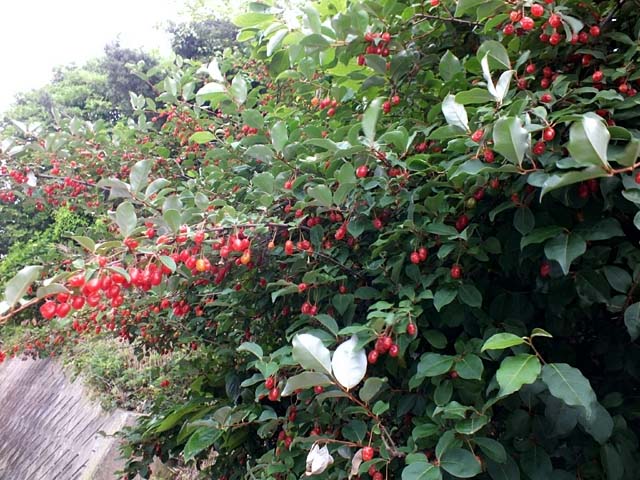Bach Collegium Japan の加来さん(3/25)
Messaish 名曲
- No. 51 Choral O head full of blood and wounds
- No. 68 Chorus ”With tears we sit down”
- No. 69 Recitative ”Now the Lord land to rest” Kaku-san
最終章では涙が出てしまいそうな「マタイ受難曲」を聴いてきました。
大好きなBCJに、なんといつも聴きに行く、声が魅力の加来徹さんがイエスで出演しました。最初、緊張?と思われましたが徐々にいつもの伸びやかな輝かしい声がホールに響き渡り、良い演奏でした。アルトの青木さん、アルト(カウンターアルト)の韓国の人(ジョン・ミンホ)、エバンジェリストの英国人(Nicholas SCOTT)、ソプラノの方々、古楽器の人たち、それに、もちろん鈴木優人さん。すばらしいチーム力でした。感動の午後、みなとみらいホール。
 |
こっそり、素早く撮影! |
(加来さんのブログから勝手にお借りしました。)
|
 |
 |
加来さんにとっては大役だったようです。立派に大役に応え、しかも実力を見せつけていました。 |
 |
 |
(加来さんのブログにコメントしました。)
みなとみらいホールで聴きました。いつもの強く張りのある美しい声がホールに響きました。はじめの方は少し声が伝わりにくいところがありましたが、どんどん良くなり、最後は自信をもって歌われ、圧巻でした。拍手も一番大きかったように思いました。今回はソリストが充実。最終章の泣ける旋律では安心して音に浸ることができました。







 ・ワイルズ:《最終歌》から「エピソード ── ジェイムズ・ジョイス『ユリシーズ』より」
・ワイルズ:《最終歌》から「エピソード ── ジェイムズ・ジョイス『ユリシーズ』より」

 小松耕輔さん(1884-1966)(へぇ、こんな人だったんだ)
小松耕輔さん(1884-1966)(へぇ、こんな人だったんだ)


